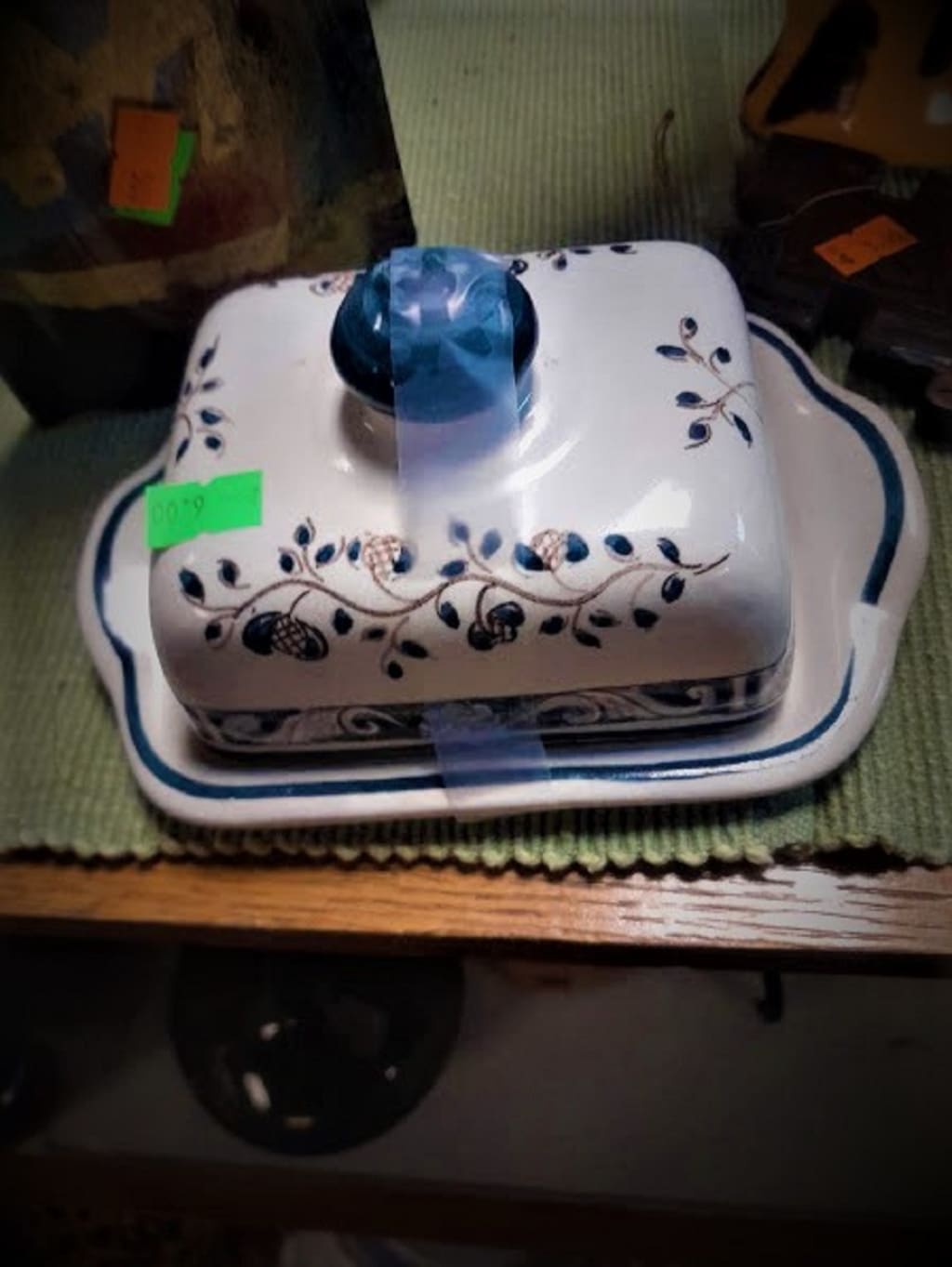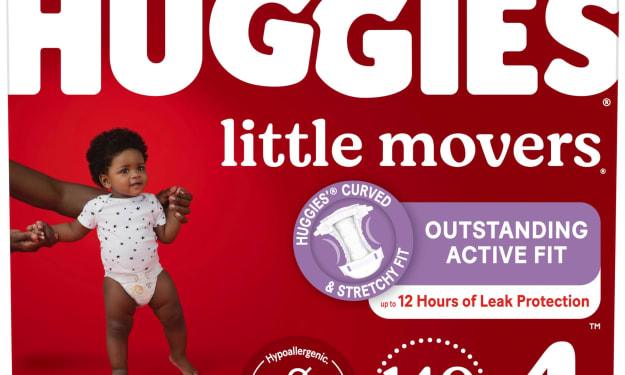Thrifting and the Middle Class
How the pursuit of “easy money” affects those who need it most

My earliest memories of thrift shopping are of dark stores with racks jam-packed with dresses, suits, and jackets. Big boxes filled to the brim with children’s clothing, underwear, fashion accessories, and stuffed animals congregated in the middle of the stores. We tore through them, looking for something that fit us and that we liked. Shelves with old toys and books lined the walls, usually in the back.
Items in these thrift stores were low-priced and accessible to families with children who couldn’t afford to purchase new clothing at department stores. Those who could afford new sometimes but struggled in between would supplement their closets at thrift stores. People who lived hand-to-mouth were able to pick up a new shirt, pair of slacks, or a book without breaking their bank accounts.
By the time I was a teenager, the idea of shopping at a thrift store had come to be considered somewhat cool. Leonard Cohen’s Suzanne bought her “rags and feathers from Salvation Army counters,” and when you heard the haunting words of the song, you wanted to be like her, though maybe not “half-crazy.”
Hippies shopped at thrift stores. They put together unique, comfortable, and ethereal outfits using the cast-off items donated by folks of higher means. At the same time, single parents, laid-off workers, the working poor, and the homeless spent what money they had on affordable previously used goods.
Though prices increased at thrift stores over the years, they managed to maintain a certain separation from the prices at department stores. They even remained more affordable than the big-box stores that began to pop up across the country beginning in the 1960s.
As a single mother from the early 1990s to the mid-2000s, I shopped at thrift stores a lot. By then, the stores had become more organized, cleaner, and certainly brighter. There were more of them as well, giving us more options. In addition, the quality of the donations has risen with the awareness that it is better for the environment to reuse rather than throw away perfectly good items.
Things began to change a few years ago. I can’t quite pinpoint the exact time, but I think it might have coincided with the pandemic in 2020. Perhaps it started earlier than that. However, my sister and I noticed this change during our monthly thrifting forays, which we started in 2020. Thrift stores are no longer the realm of the lower-middle-class and the poor.
Perhaps it has to do with all those people leaving their office jobs for the gig economy, or working from home and having more time on their hands. No matter what started it, the fact is it has become more difficult to find better quality hand-me-downs at low cost, even at thrift stores.
More and more when I stop by a thrift store, I see multiple people searching through the higher-end clothing, looking at better quality toys and books, and perusing the glassware and collectible shelves with phone in hand. What they are doing is searching the internet to assess the sale value of these items. They fill their carts with perfectly good, usable items in order to sell them at a higher price. As a result, the prices at the thrift stores are rising at an unnatural pace, virtually pricing out the folks who really need to be shopping there.
Don’t get me wrong.
I have no problem with people purchasing used items for resale. I do it myself. However, the problem I see is this: too many of the individuals I see engaging in this activity are middle to upper-middle-class. There are clear signs that many of them live at an economic level I have never enjoyed and will likely never see. Their desire to engage in an easy “side-hussle” is having a negative effect on my ability to find nice clothing I can wear and items I can afford to purchase to sell in my own shop.
Is this a selfish viewpoint for me to have? I suppose it is. However, I know I’m not the only person to have this opinion. It has gotten to the point that thrift store employees are now pricing “collectible” items at much higher rates, as if they are antique stores rather than “thrift” stores. Again, I have no problem with these items being priced higher than similar non-collectible items.
What bothers me is how MUCH higher these things are being priced.
I guess I should clarify that I’m not talking about, say, an original Beatles vinyl in perfect condition. I’m talking about something that is in decent condition but is old enough to be vintage or antique. Something that the thrift store could sell for $10 or $15 and still make good money but they sell it for $25 or $50 instead, virtually making it impossible for some people to invest in.
Thrift stores who operate on behalf of a charity are certainly looking to make the most for their beneficiaries. This is a commendable pursuit. However, the purpose of thrifting has historically been for those who don’t have a lot of money to purchase items at prices they can afford. Many of them make just enough money on the job not to qualify for public assistance. By shopping at thrift stores, they don’t have to resort to looking for charity.
Whether they are picking up a gently worn cardigan to wear on a spring evening or a porcelain doll to sell online to add a little bit to their struggling bank account, the thrift store is the go-to shopping place for the people who make the least amount of money in our society.
Taking away their opportunity to avoid receiving charity is hurting them, and in my opinion, working against the thrift store’s “charitable” purpose.
***
This story first appeared in Bouncin and Behavin Blogs on Medium
About the Creator
Suzy Jacobson Cherry
Writer. Artist. Educator. Interspiritual Priestess. I write poetry, fiction, nonfiction, and thoughts on stuff I love.






Comments
There are no comments for this story
Be the first to respond and start the conversation.